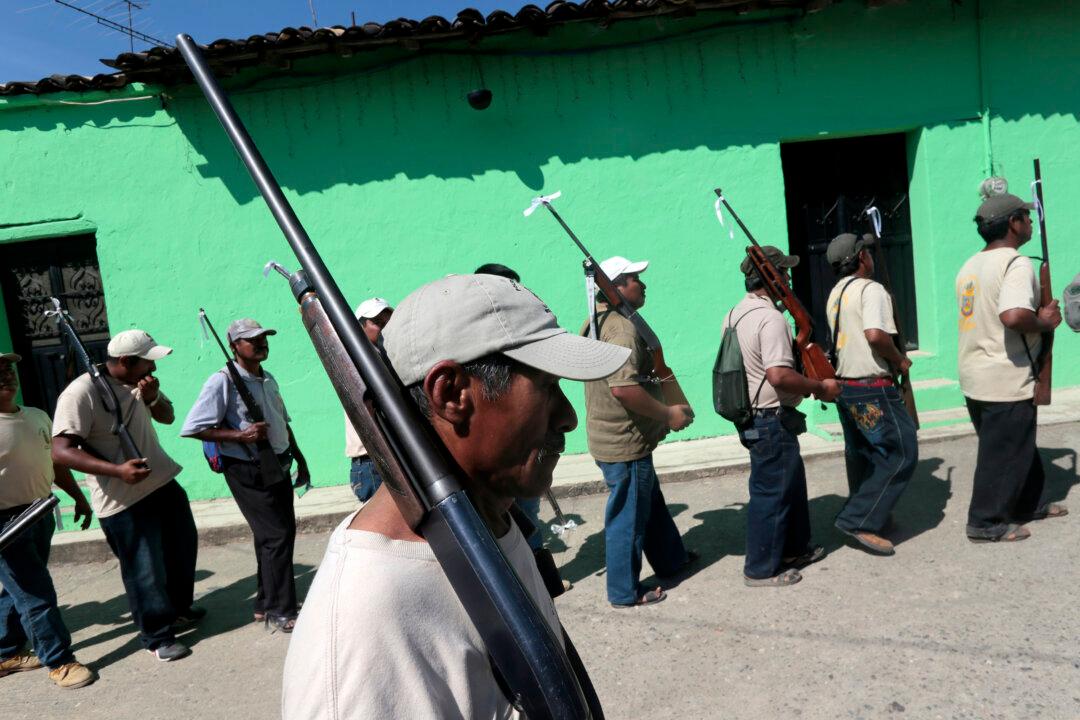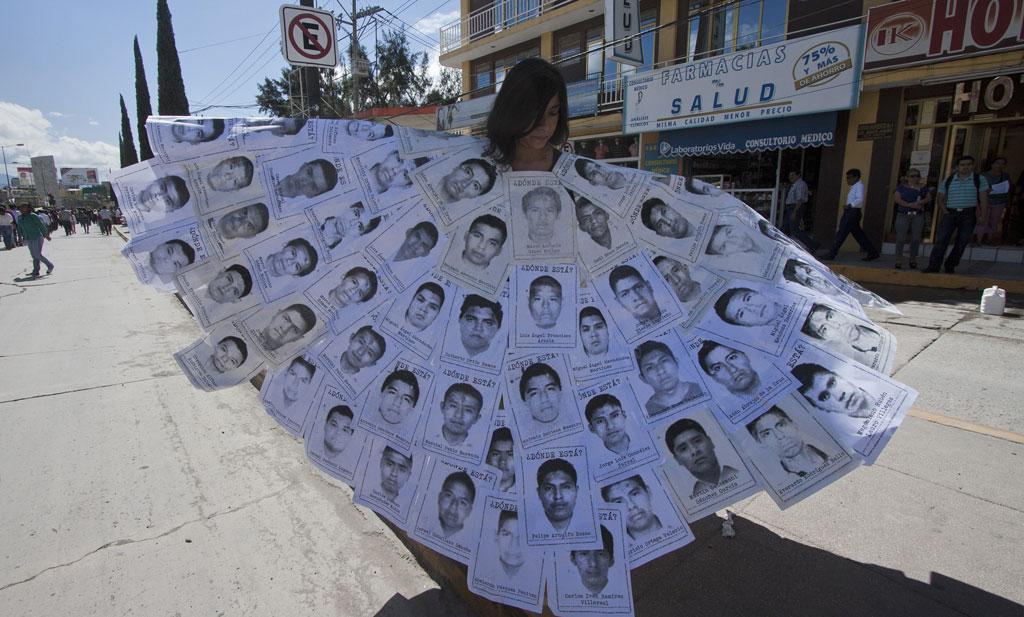Mexico’s problems with organized crime came to a head this year. Faced with government inaction, vigilantes began arming themselves against mafia in the central-west state of Michoacán.
In January the Mexican president, Enrique Peña Nieto, sent in Alfredo Castillo, a media-savvy prosecutor who has fought fires for him in the past. With a population of 4.4 million and an economy that ranges from agriculture to forestry to iron and steelworks, Michoacán’s mafia problem may not have been worse than, say, the neighboring state of Jalisco, where last week a federal congressman was abducted and killed. Rather, the special intervention from the government in the state was because the vigilantes brought it widespread attention.
Castillo set to work with the vigilante groups, using their local knowledge to track down mafia. He turned them into a new rural force, complete with uniforms, vehicles and weapons. Together they have arrested or killed hundreds of mafia leaders and henchmen, as well as politicians and functionaries who colluded with the mafia.


